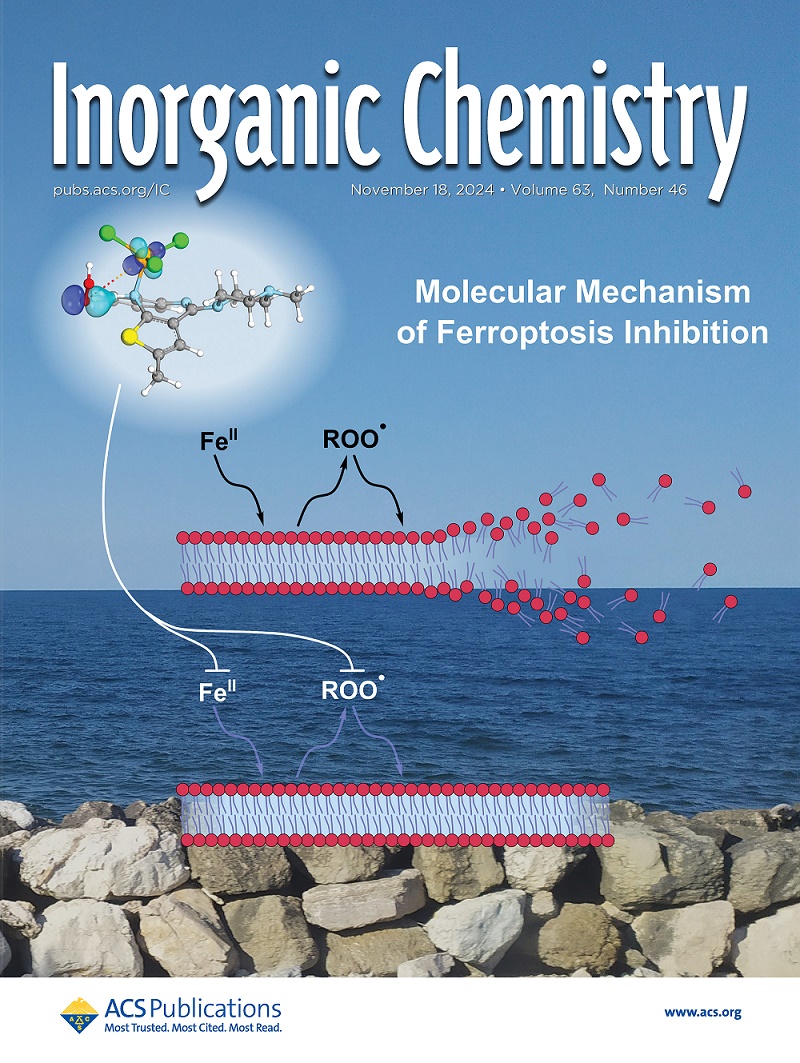Theoretical Studies on the Reduction of N2 to NH3/N2H4 Catalyzed by Chromium Complexes
IF 4.3
2区 化学
Q1 CHEMISTRY, INORGANIC & NUCLEAR
引用次数: 0
Abstract
Nitrogen fixation catalyzed by transition metal complexes provides an attractive alternative to the Haber–Bosch process and has received widespread attention. In this work, the reaction pathways of N2 to NH3/N2H4 catalyzed by dinuclear and mononuclear Cr–N2 complexes bearing cyclopentadienyl-phosphine ligands and mediated by LutH+ (as proton donors) and CrCp*2 (as electron donors) were investigated systematically using density functional theory calculations. The key step of the reactions was clarified as the first hydrogenation. The effect of different combinations of six proton sources (three pyridine acids and three anilino acids) and three electron sources (CrCp*2, CoCp*2, and CoCp2) on the reduction of N2 to NH3/N2H4 was also explored by calculating the critical step of the reactions. Based on the calculations, the dinuclear Cr–N2 complex is expected to be an effective catalyst for the reduction of N2 to NH3/N2H4 when using the combinations of CrCp*2 with each of the six proton sources and of CoCp*2 with anilino acids. Our work provides insights into understanding and optimizing Cr catalytic systems for efficient dinitrogen fixations.

求助全文
约1分钟内获得全文
求助全文
来源期刊

Inorganic Chemistry
化学-无机化学与核化学
CiteScore
7.60
自引率
13.00%
发文量
1960
审稿时长
1.9 months
期刊介绍:
Inorganic Chemistry publishes fundamental studies in all phases of inorganic chemistry. Coverage includes experimental and theoretical reports on quantitative studies of structure and thermodynamics, kinetics, mechanisms of inorganic reactions, bioinorganic chemistry, and relevant aspects of organometallic chemistry, solid-state phenomena, and chemical bonding theory. Emphasis is placed on the synthesis, structure, thermodynamics, reactivity, spectroscopy, and bonding properties of significant new and known compounds.
 求助内容:
求助内容: 应助结果提醒方式:
应助结果提醒方式:


